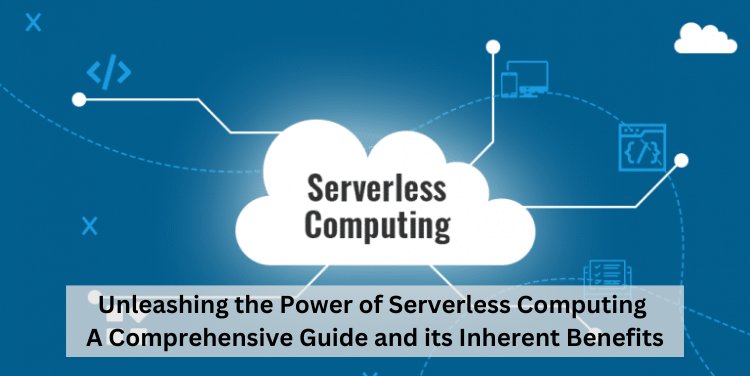In recent years, serverless computing has emerged as a revolutionary paradigm in the world of cloud computing, transforming the way applications are developed, deployed, and scaled. This innovative approach abstracts away the complexities of infrastructure management, enabling developers to focus solely on writing code. In this comprehensive guide, we will explore the concept of serverless computing, its core principles, and the myriad benefits it offers to businesses and developers alike.
What is Serverless Computing?
Serverless computing, often referred to as Function as a Service (FaaS), is a cloud computing model that allows developers to build and run applications without the need to manage traditional server infrastructure. In a serverless architecture, the cloud provider automatically allocates resources, scales the application based on demand, and charges users only for the actual compute resources consumed during the execution of code.
Core Principles of Serverless Computing:
-
Event-Driven Architecture: Serverless applications are inherently event-driven. They respond to events or triggers, such as HTTP requests, database changes, file uploads, or scheduled tasks. Each function, representing a discrete unit of code, is executed in response to a specific event.
-
Statelessness: Serverless functions are designed to be stateless, meaning they don't store information between executions. State is typically managed externally, often through databases or other external services.
-
Auto-Scaling: Serverless platforms automatically scale resources up or down based on the incoming workload. This ensures optimal performance without manual intervention, allowing applications to handle varying levels of traffic efficiently.
Benefits of Serverless Computing:
-
Cost Efficiency: Serverless computing follows a pay-as-you-go model, where users are billed based on actual usage. With no upfront costs and automatic scaling, businesses can significantly reduce infrastructure expenses, paying only for the resources consumed during function execution.
-
Scalability: Auto-scaling is a core feature of serverless platforms. Applications can seamlessly handle a fluctuating number of requests, ensuring optimal performance under varying workloads without the need for manual intervention.
-
Reduced Development Time: Developers can focus solely on writing code, as serverless platforms abstract away infrastructure management tasks. This results in faster development cycles, quicker time-to-market for applications, and increased agility in responding to changing business requirements.
-
High Availability: Serverless platforms often run functions in multiple data centers, providing built-in redundancy and high availability. This helps ensure that applications remain responsive and available even in the face of hardware failures or other issues.
-
Easy Integration: Serverless architectures encourage the use of microservices and APIs, making it easier to integrate with other services. This promotes a modular and decoupled application design, allowing developers to leverage existing cloud services seamlessly.
-
Simplified Operations: Serverless platforms handle routine operational tasks such as patching, updates, and server maintenance, freeing up operational resources to focus on more strategic initiatives.















